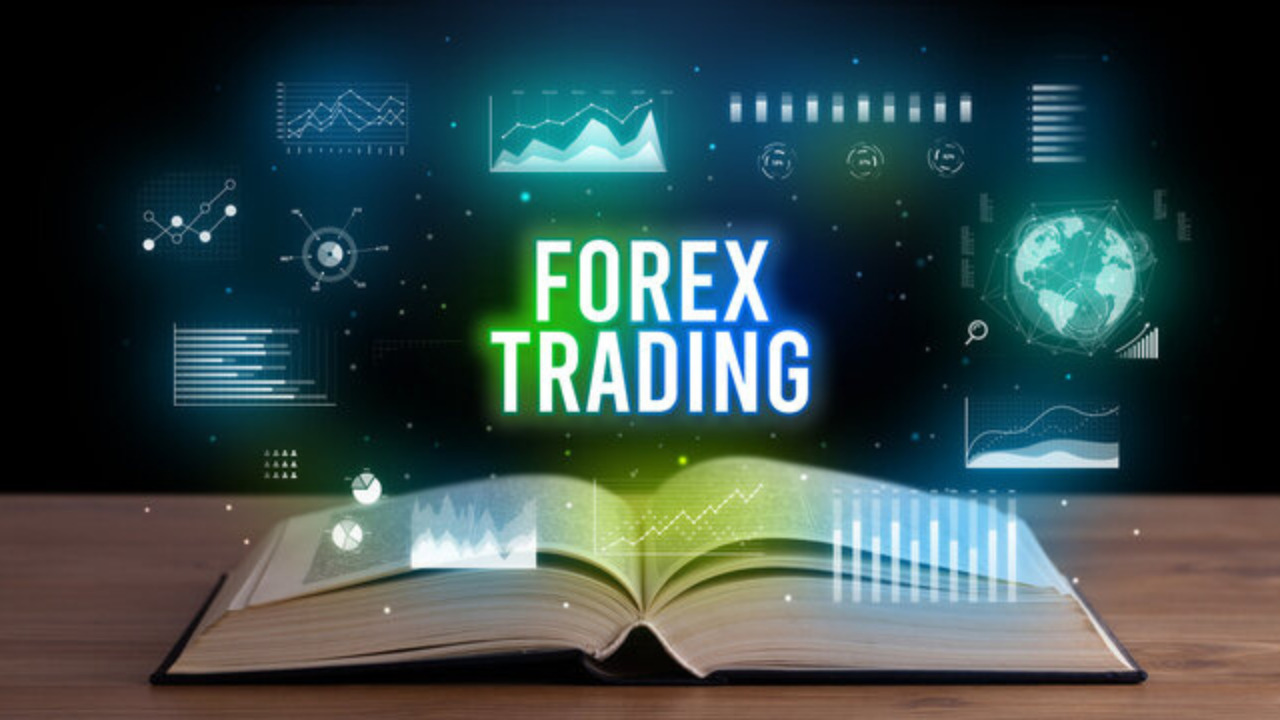Welcome to the exciting world of Forex trading! Whether you’re a seasoned investor looking to diversify your portfolio or a curious newcomer seeking financial independence, the forex market holds immense potential for those willing to learn its intricacies.
Forex trading, short for foreign exchange trading, is the buying and selling of currencies. It’s essentially the process of exchanging one currency for another, hoping to profit from changes in their relative values. Think of it like exchanging dollars for euros when you travel abroad, but on a much larger scale and with the goal of making money.
This comprehensive Forex Trading for Beginners Guide will equip you with the necessary knowledge and insights to embark on your Forex trading journey, navigating the volatile but rewarding landscape of currency exchange.
What is forex trading?
Imagine a global marketplace where currencies from different countries are constantly exchanged. That’s Forex, short for foreign exchange, the largest financial market in the world, with an average daily trading volume exceeding $6 trillion.
In this dynamic arena, you speculate on the relative value of currencies, buying and selling pairs like USD/EUR or GBP/JPY, aiming to profit from their price fluctuations.

How does forex trading work?
Here’s how it works:
- Currency Pairs: Currencies are traded in pairs, such as EUR/USD or USD/JPY. The first currency is the base currency, and the second is the quote currency. You essentially speculate on whether the base currency will rise or fall in value relative to the quoted currency.
- Markets: Forex trading happens in the foreign exchange market (FX market), which is the largest and most liquid financial market in the world. It’s open 24/7, five days a week, and trades happen electronically between banks, financial institutions, and individual investors like you and me.
- Profiting: If you correctly predict the movement of a currency pair, you can make a profit when you sell it. For example, if you buy EUR/USD at 1.20 and then sell it when it reaches 1.25, you’ve made a 5% profit.

Forex trading can be a complex and risky undertaking, but it can also be a rewarding one. Here are some key points to remember:
- High leverage: Forex trading often involves leverage, which means you can control a larger position with a smaller amount of capital. This can amplify your profits, but it can also magnify your losses.
- Volatility: Currency markets can be volatile, meaning prices can fluctuate rapidly. This can lead to big profits and big losses, so it’s important to manage your risk.
- Knowledge and skills: Successful forex trading requires knowledge of the market, economic factors, and technical analysis. It’s not a get-rich-quick scheme, and it takes time and effort to learn and master the skills.
Why trade forex?
There are several reasons why people trade forex, each with its own appeal. Here are some of the most common:
- Accessibility: The market is open 24/5, offering trading opportunities around the clock.
- Liquidity: With its immense size, finding buyers and sellers is rarely an issue, ensuring smooth order execution.
- Leverage: Traders can control significant positions with a relatively small investment, amplifying potential gains (and losses).
- Diversification: Adding Forex to your portfolio can hedge against other asset classes and improve overall risk management.

Understanding the Basics:
- Currency Pairs: You trade in pairs, e.g., EUR/USD. The first currency (EUR) is the “base,” its value quoted in terms of the second currency (USD), the “quote.”
- Bids and Asks: Each currency pair has two prices: the bid, at which you can sell, and the ask, at which you can buy. The difference, or spread, is the broker’s fee.
- Pips: The smallest price change is measured in pips (percentage-in-points). For most pairs, one pip is the fourth decimal place (e.g., 1.1234 to 1.1235).
- Long and Short Positions: Going “long” means buying a currency, anticipating its rise in value. Conversely, going “short” means selling, expecting its decline.
- Leverage and Margin: Leverage allows you to control larger positions with a smaller deposit (margin). While amplifying profits, it also magnifies losses, so use it cautiously.
Order Types:
- Market Orders: Execute immediately at the best available price.
- Limit Orders: Specify your desired buy or sell price, triggering the trade only when it reaches that level.
- Stop-Loss Orders: Automatically sell your position if the price reaches a pre-determined level, limiting potential losses.
- Take-Profit Orders: Automatically close your position when the price reaches your desired profit target.
Understanding Price Movements:
A multitude of factors influence currency prices. Central bank policies, economic data (GDP, inflation, and interest rates), political events, and global supply and demand dynamics all play a role. Analyzing this complex interplay forms the basis of your trading strategy.

Two main approaches exist:
- Fundamental Analysis: Focuses on understanding economic data and news releases to predict future price movements.
- Technical Analysis: Analyzes historical price charts and technical indicators to identify trading patterns and signal potential buy/sell opportunities.
Best Forex Trading Strategy For Beginners
Developing a Trading Strategy:
Successful Forex trading hinges on a well-defined strategy. Consider:
- Your Trading Style: Are you a day trader seeking short-term gains, a swing trader holding positions for days or weeks, or a position trader focusing on longer-term trends?
- Risk Management: Determine your acceptable risk per trade, calculate appropriate position sizing, and set stop-loss levels to limit potential losses.
- Backtesting and Forward Testing: Evaluate your strategy using historical data (backtesting) and real-time trading conditions (forward testing) to refine it before risking real money.

Executing Your Trades:
Once you’ve honed your strategy, it’s time to put it into action.
- Choose a reliable Forex broker who is licensed and regulated for investor protection.
- Select a user-friendly trading platform with advanced charting tools and order execution capabilities.
- Monitor your trades throughout the day, adjusting your strategy and risk management as needed.
Resources and Further Learning:
The Forex journey is continuous learning. Numerous resources can equip you with essential knowledge.
- Educational websites and platforms: Investopedia, Babypips, and FXStreet offer valuable tutorials and articles.
- Books: “Forex Trading in the Zone” by Mark Douglas
Forex trading for Beginners YouTube
👉 Forex Trading for Beginners PFD 2024
FAQs: Answering Your Forex Queries
Q1: What is the best way to start Forex trading?
A: Begin with education; learn the basics; open a demo account; and gradually transition to live trading.
Q2: How much money do I need to start forex trading?
A: Start small; some brokers allow trading with minimal capital. It’s advisable to begin with an amount you’re comfortable risking.
Q3: Are there shortcuts to success in Forex trading?
A: There are no guaranteed shortcuts. Patience, discipline, and continuous learning are the keys to success.
Q4: Is Forex trading risky?
A: Yes, it carries risks. However, with proper education, risk management, and a strategic approach, risks can be minimized.
Q5: Can I trade Forex part-time?
A: Absolutely! Forex trading offers flexibility; you can trade part-time while balancing other commitments.
Embark on your Forex trading journey armed with knowledge, practice, and a strategic approach. Remember, every successful trader was once a beginner. Start your adventure into the world of forex trading today!




